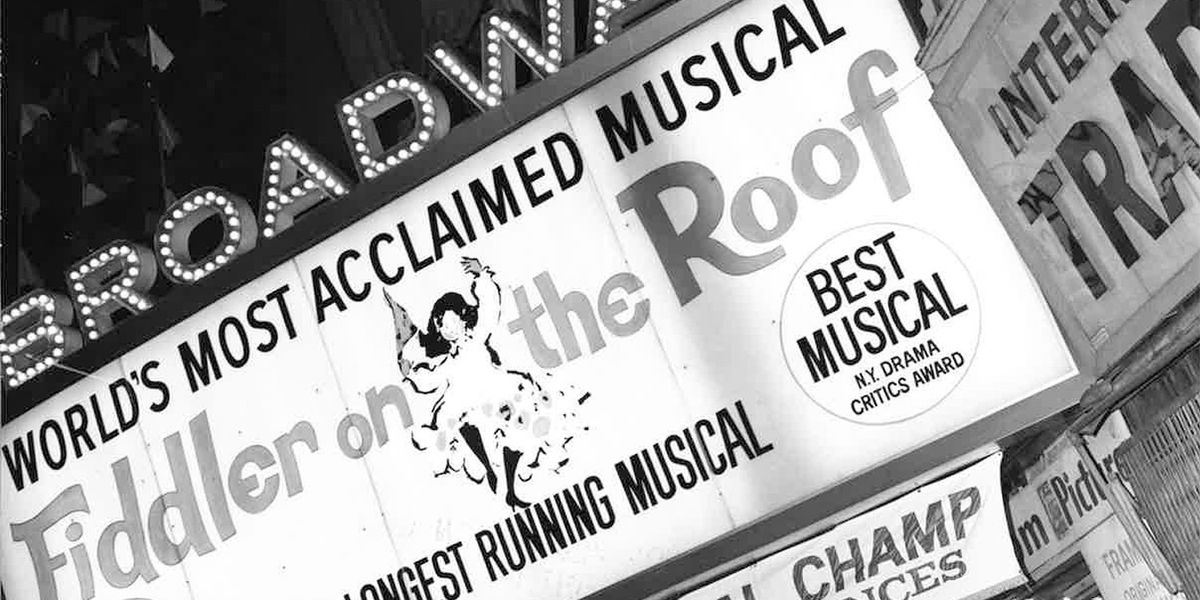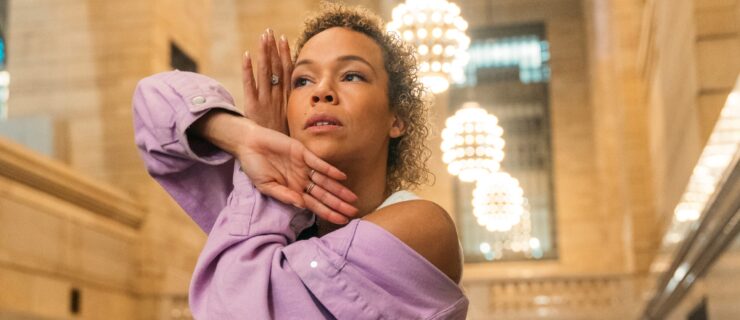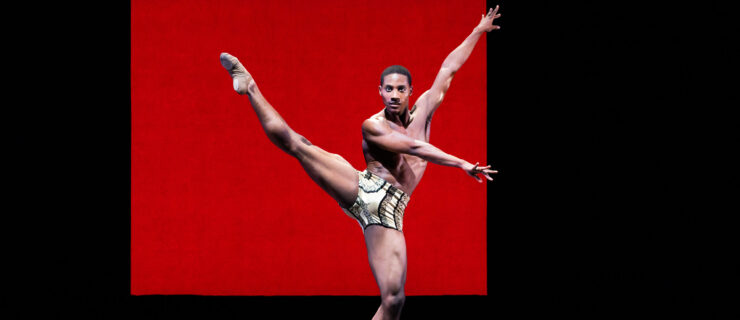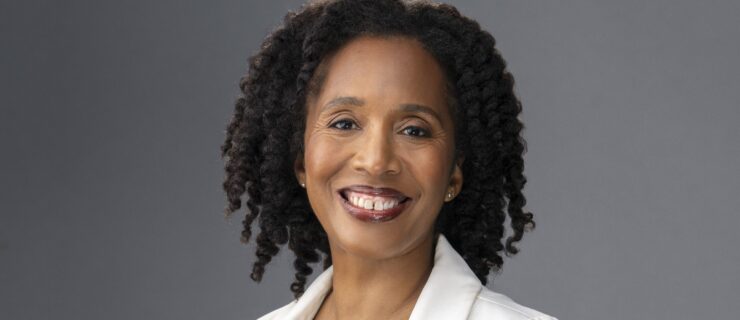'Prince of Broadway': A Crash Course in Hal Prince's Hit Musicals
Apart from having won the Tony Award for best choreography, the dances in Damn Yankees, West Side Story and the 1994 revival of Show Boat have little in common.
Not the choreographers—Bob Fosse, Jerome Robbins and Susan Stroman—or the composers—Richard Adler and Jerry Ross, Leonard Bernstein, and Jerome Kern. Not the dancers, either—the standouts were Gwen Verdon, Chita Rivera and Dorothy Stanley.
The name that repeats in all three Playbills belongs to Harold Prince—a producer of the first two and director of the third.
Since 1950, when he got his first paying theater job as assistant stage manager for the satirical revue Tickets, Please!, Prince, 89, has worked on more than 50 Broadway productions and amassed an astonishing 21 Tony Awards.
His latest show is a retrospective of that 67-year career, punningly titled Prince of Broadway and opening this month at the Friedman Theatre. There are numbers from the three hits above, as well as Cabaret, Company, Fiddler on the Roof, The Phantom of the Opera and Sweeney Todd—and, if the lineup remains intact through rehearsals, nine more.

Prince of Broadway musical poster, courtesy Broadway.com
Of the 17 shows represented, six are composed by Stephen Sondheim, two are the work of Andrew Lloyd Webber, and two more come from the oeuvre of John Kander and Fred Ebb.
“It really opens your eyes to what Hal Prince has contributed to the American theater,” says five-time Tony winner Susan Stroman, his co-director and choreographer. “All of Hal’s shows have been groundbreaking.”
Stroman knows about groundbreaking, having created the dance musical Contact, and directed and choreographed the megahit comedy The Producers and the searingly serious Scottsboro Boys. But Prince’s resumé is unmatched—”If we did something from every Hal show,” Stroman says, “we’d be there for five hours. We had to pick and choose.”
And the choices lean toward the historically significant and dramatic, forgoing big dance numbers in favor of the characters Prince has put on the stage.
“You have Tony and Maria, Eva Perón and Che, Sweeney Todd and Mrs. Lovett,” Stroman begins. “You have Christine and the Phantom; you have Desiree; you have Tevya; you have Sally Bowles and Fraulein Schneider; you have Magnolia, Queenie and Joe.”
The nine performers, who include Karen Ziemba, Tony Yazbeck and Janet Dacal, “get to play all these iconic roles and do all these wonderful 11-o’clock numbers,” Stroman says.
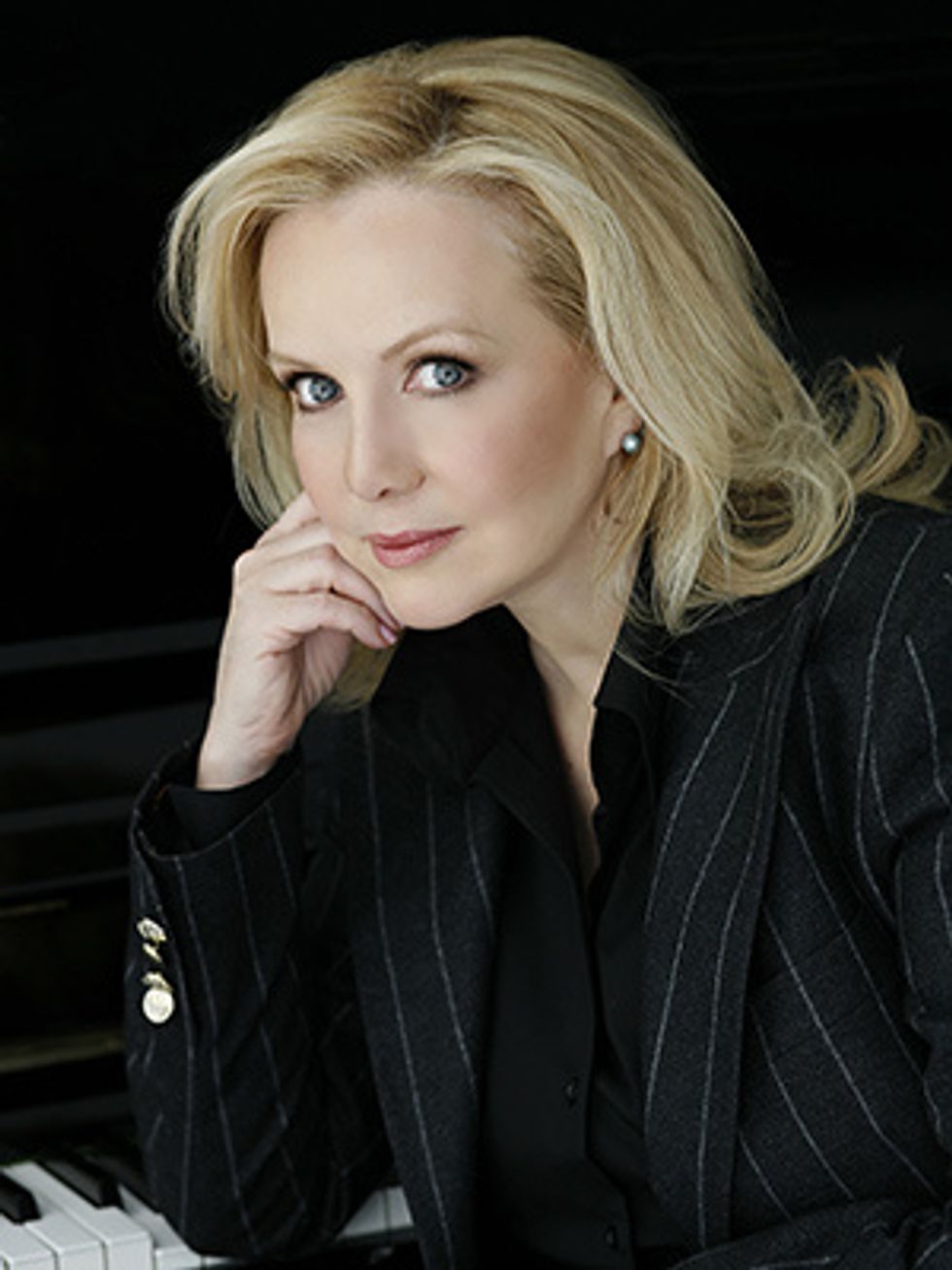
Susan Stroman by Paul Kolnik, courtesy Boneau/Bryan-Brown
“There’s not a lot of what you would think of as choreography,” she notes. “It’s mostly musical staging. That can be difficult, because it has to be absolutely believable that this character would be doing a grapevine when they’re moving stage left.”
But Prince of Broadway does let her revisit the period-flavored dance she designed for Show Boat’s “Can’t Help Lovin’ Dat Man” and to choreograph “a beautiful waltz” when the show segues to A Little Night Music. And in the Follies segment, she’s turned “The Right Girl,” Buddy’s bitter lament about his failing marriage, into “a huge tap number” for Yazbeck.
“Tony’s a wonderful tapper,” she says, “and he’ll get to show his chops in this.” And she’ll get to exercise her choreographic chops, interpreting the complex emotions in Sondheim’s song. Lyrics, she says, are key to Prince’s directorial vision: “Hal stages numbers as if they are scenes. All his blocking and his acting direction stem from not only the book of the musical, but the lyric of the song.”
It’s a lesson she says she learned watching him work—their relationship dates back to 1987, when he admired her choreography for an off-Broadway revival of his 1965 musical Flora, the Red Menace and hired her for Don Giovanni at the New York City Opera.
“We get along,” she says. “He makes me smile and he makes me laugh while I’m learning from him.”
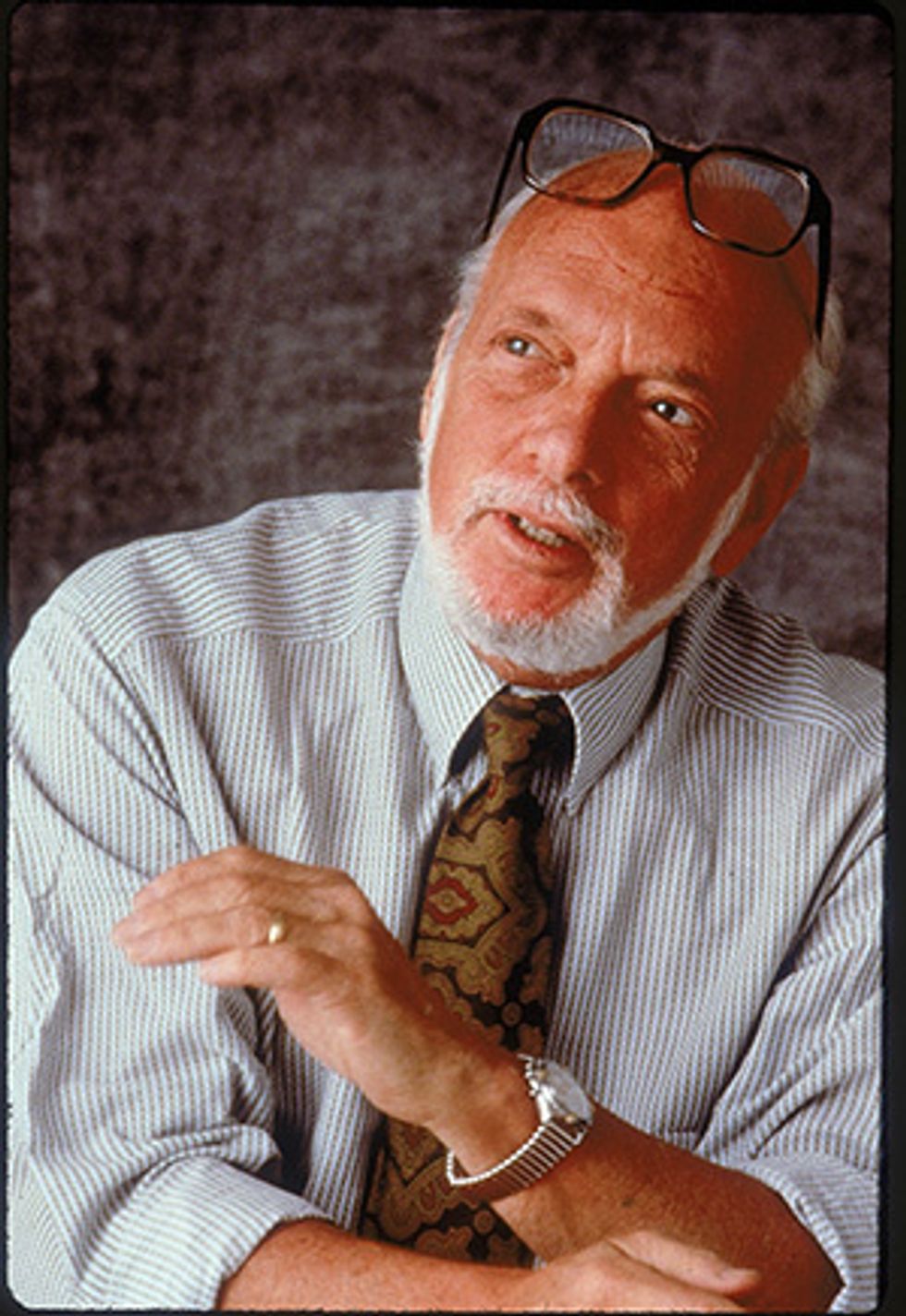
Hal Prince, courtesy Boneau/Bryan-Brown
